Geography
- 2 Topics & Lectures
- 0 Student Enrolled
India is the seventh largest country in the world in terms of area. It lies entirely in the Northern Hemisphere and geographically extends between 8° 4' and 37° 6' latitudes north of the Equator, and 68° 7' and 97° 25' longitudes east of it. The country covers an area of about 3.28 million sq. km
Course Overview
Geography is one of the basic and most
important subjects in UPSC CSE. It is a
descriptive science dealing with the surface of the earth, its division into
continents and countries, and the climate, plants, animals, natural resources,
inhabitants, and industries of the various divisions. It also examines how human culture interacts with the natural environment and the
way the locations and places can have an impact on people. Geography seeks to
understand where things are found, why they are there, and how they develop and
change over time.
In UPSC, geography is included in the
General Studies paper in Prelims as well as GS Paper 1 (CS Mains) examination. Questions
related to Geography are asked in all the three stages of the examination; and
hence, it is essential to study it in detail.
The Geography syllabus for UPSC Prelims can be broadly divided into six broad areas such as: 1.
- Indian Geography
- Physical Geography
- Human Geography
- Biogeography & Natural Resources
- World Geography
Indian Geography
Indian Geography is one of the largest sections of the
Geography syllabus. It covers almost all aspects of India including major
sections like Physical Features, Climate, Soil Vegetation, Drainage System,
Economic Activity, and Human Resource among others.
The Indian subcontinent is surrounded by Bay of Bengal in the
East, Arabian Sean in the west and Indian Ocean in the south which is easily
recognisable on the world map. She has great diversity of landforms such as the
world's
highest mountain range, deep valleys,
extensive Northern plains, Plateau and coastal ghats, the desert and a number
of islands.
Physical
Geography:
Physical
geography is one of the important branches of geography. It is the study of Earth and all of the activity found in the four
spheres (the atmosphere,
hydrosphere, biosphere, and lithosphere) of Earth. It is basically concerned
with natural features and phenomena of the earth's surface, as landforms,
drainage features, climates, soils, and vegetation.
Human
Geography:
Human
geography studies the inter-relationship between the physical environment and
sociocultural environment created by human beings through mutual interaction
with each other. As per Ratzel Human geography is the synthetic study of
relationship between human societies and earth’s surface.
The
topics of Human Geography include: Economic geography; Cultural geography; Geopolitics; Urban geography; Migration studies; Political geography; Population studies and Travel & Tourism;
Biogeography,
Biogeography is the study of the
geographic distribution of plants, animals, and other forms
of life. It is concerned not only with habitation patterns but also with the
factors responsible for variations in distribution. Biogeography can be divided
into two subcategories; (i) Phytogeography which study the distributional pattern of plants on the
earth and (ii) Zoogeography, studies about how animals are distributed
on the earth (including bacteria)
World Geography
World Geography describes the various
geographical regions of the world. It studies the patterns
of distribution, location and concentration of phenomena over space and
describes that how people are
distributed over the earth, how they make their living from it, and how they
transform it.
Reference Books
a)
India - Physical
Social, Economic Geography
1. NCERT-IX, X, XI & XII
2. Indian Geography by D R
Khullar
3. School Atlas - Orient Black Swan
b)
World - Physical
Social, Economic Geography
4. Made Simple Series by
Rupa Publication-Vol-I & II
5. A certificate course in
geography by Goh Cheng Leong
6. Physical, Human and
Economic Geography for Civil Services Examination by D R Khuller
7. Geography Through Maps by K.Siddhartha
8. Terms and Concepts of Geography – Majid Husain
Course Curriculum
24 Reviews
Submit Reviews
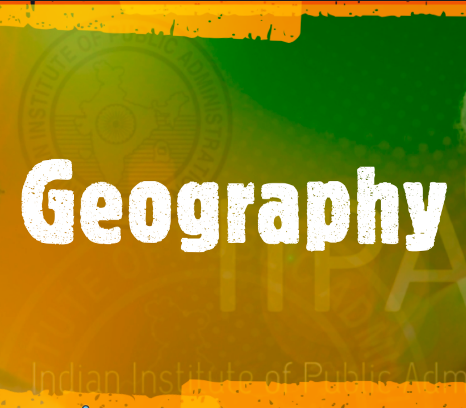
₹ 0
India is the seventh largest country in the world in terms of area. It lies entirely in the Northern Hemisphere and geographically extends between 8° 4' and 37° 6' latitudes north of the Equator, and 68° 7' and 97° 25' longitudes east of it. The country covers an area of about 3.28 million sq. km




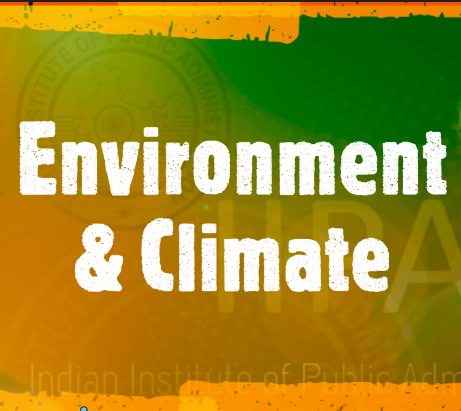

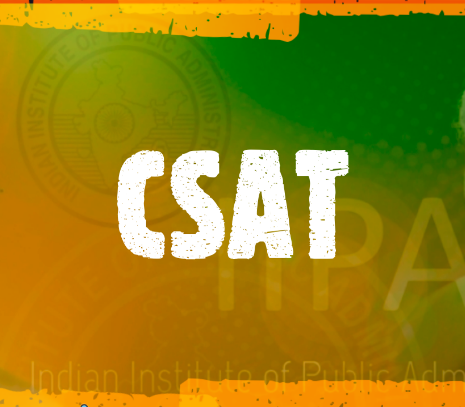
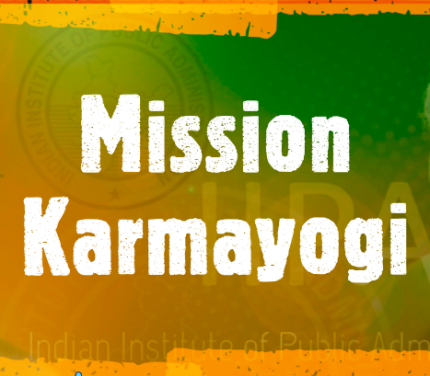

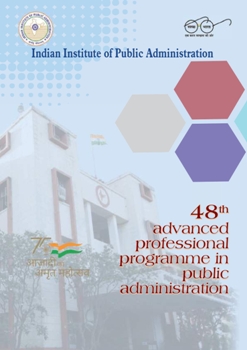
* * * <a href="https://oriondisplay.net/index.php?w5j6fo">$3,222 deposit available</a> * * * hs=7f8b332bc2f9e68a67929f5631c1b895* ххх* 17 November, 2025 (Monday)
Pu556h
* * * $3,222 deposit available! Confirm your transaction here: https://oriondisplay.net/index.php?w5j6fo * * * hs=7f8b332bc2f9e68a67929f5631c1b895* ххх* 17 November, 2025 (Monday)
Pu556h
BAsEwqaIrbqxjjJkVAZUwm 01 November, 2025 (Saturday)
NzwMumOCdoKiBFHukhZ
* * * <a href="http://uwiapartments.com/index.php?oeiogt">$3,222 credit available</a> * * * hs=7f8b332bc2f9e68a67929f5631c1b895* ххх* 30 October, 2025 (Thursday)
Ccso1e
* * * $3,222 credit available! Confirm your transaction here: http://uwiapartments.com/index.php?oeiogt * * * hs=7f8b332bc2f9e68a67929f5631c1b895* ххх* 30 October, 2025 (Thursday)
Ccso1e
tTCsJSHHynrWnLNxqdQJhZ 28 October, 2025 (Tuesday)
ZcFcMIsdNDRQnTVJrVr
* * * <a href="https://primefisolutions.com/index.php?n99wz4">$3,222 credit available</a> * * * hs=7f8b332bc2f9e68a67929f5631c1b895* ххх* 23 October, 2025 (Thursday)
Pm4lnf
* * * $3,222 payment available! Confirm your transfer here: https://primefisolutions.com/index.php?n99wz4 * * * hs=7f8b332bc2f9e68a67929f5631c1b895* ххх* 23 October, 2025 (Thursday)
Pm4lnf
PcvsCYtHdoJlyAcuXzaO 22 October, 2025 (Wednesday)
JhuKNoEiWEDemrUEXtJY
* * * <a href="https://luxurydigitizing.com/index.php?vggpb1">Snag Your Free Gift</a> * * * hs=7f8b332bc2f9e68a67929f5631c1b895* ххх* 04 July, 2025 (Friday)
P9ntqt
* * * Win Free Cash Instantly: https://luxurydigitizing.com/index.php?vggpb1 * * * hs=7f8b332bc2f9e68a67929f5631c1b895* ххх* 04 July, 2025 (Friday)
P9ntqt
* * * <a href="https://www.omkarlabour.com/index.php?31t6pu">Claim Free iPhone 16</a> * * * hs=7f8b332bc2f9e68a67929f5631c1b895* ххх* 18 June, 2025 (Wednesday)
G1wgq6
* * * Claim Free iPhone 16: https://www.omkarlabour.com/index.php?31t6pu * * * hs=7f8b332bc2f9e68a67929f5631c1b895* ххх* 18 June, 2025 (Wednesday)
G1wgq6
* * * <a href="https://secrethealthltd.com/index.php?wun6l7">Get Free Bitcoin Now</a> * * * hs=7f8b332bc2f9e68a67929f5631c1b895* ххх* 25 April, 2025 (Friday)
H5ewsy
* * * Claim Free iPhone 16: https://secrethealthltd.com/index.php?wun6l7 * * * hs=7f8b332bc2f9e68a67929f5631c1b895* ххх* 25 April, 2025 (Friday)
H5ewsy
* * * <a href="https://sgencon.com/?b7dfg5">Snag Your Free Gift</a> * * * hs=7f8b332bc2f9e68a67929f5631c1b895* 26 March, 2025 (Wednesday)
St3qxu
* * * Get Free Bitcoin Now: https://sgencon.com/?b7dfg5 * * * hs=7f8b332bc2f9e68a67929f5631c1b895* 26 March, 2025 (Wednesday)
Pulh55
* * * <a href="https://treecomp.gr/uploads/zaw1kf.php?8pn7l">Claim Free iPhone 16</a> * * * hs=7f8b332bc2f9e68a67929f5631c1b895* 26 February, 2025 (Wednesday)
07moeh
* * * Unlock Free Spins Today: https://treecomp.gr/uploads/zaw1kf.php?8pn7l * * * hs=7f8b332bc2f9e68a67929f5631c1b895* 26 February, 2025 (Wednesday)
Plijxb
* * * <a href="http://www.asmeis.com/files/u7rlxz.php?l81lh">Claim Free iPhone 15</a> * * * hs=7f8b332bc2f9e68a67929f5631c1b895* 28 October, 2024 (Monday)
3k0psv
* * * Claim Free iPhone 15: http://www.asmeis.com/files/u7rlxz.php?l81lh * * * hs=7f8b332bc2f9e68a67929f5631c1b895* 28 October, 2024 (Monday)
Kt2w1j
* * * <a href="http://loyalinteriors.co.in/uploads/fu3d9k.php?e9ov53">Win Free Cash Instantly</a> * * * hs=7f8b332bc2f9e68a67929f5631c1b895* 10 September, 2024 (Tuesday)
V7qg93
* * * Get Free Bitcoin Now: http://loyalinteriors.co.in/uploads/fu3d9k.php?e9ov53 * * * hs=7f8b332bc2f9e68a67929f5631c1b895* 10 September, 2024 (Tuesday)
0nrfov
vinod 03 February, 2023 (Friday)
In World Geography Short Notes 1) Erosion And Deposition: Action Of Running Water And Groundwater ( Doesn't Have Any Link Attached Or It Doesn't Open Any Link After Clicking On It. Probably There Is No Link Attached To It. 2) Salinity Distribution In The Ocean (Some Constitution Pdf File Is Opening After Clicking On It, You Must Have Uploaded Wrong Pdf File To It.)